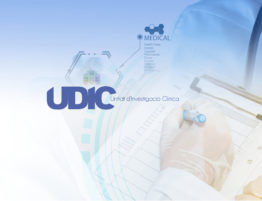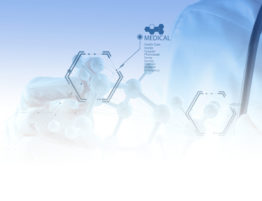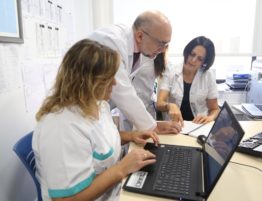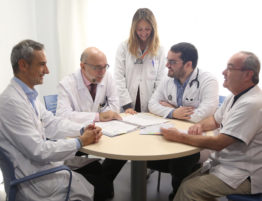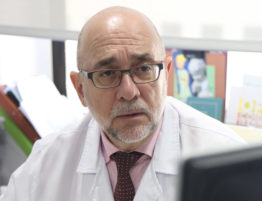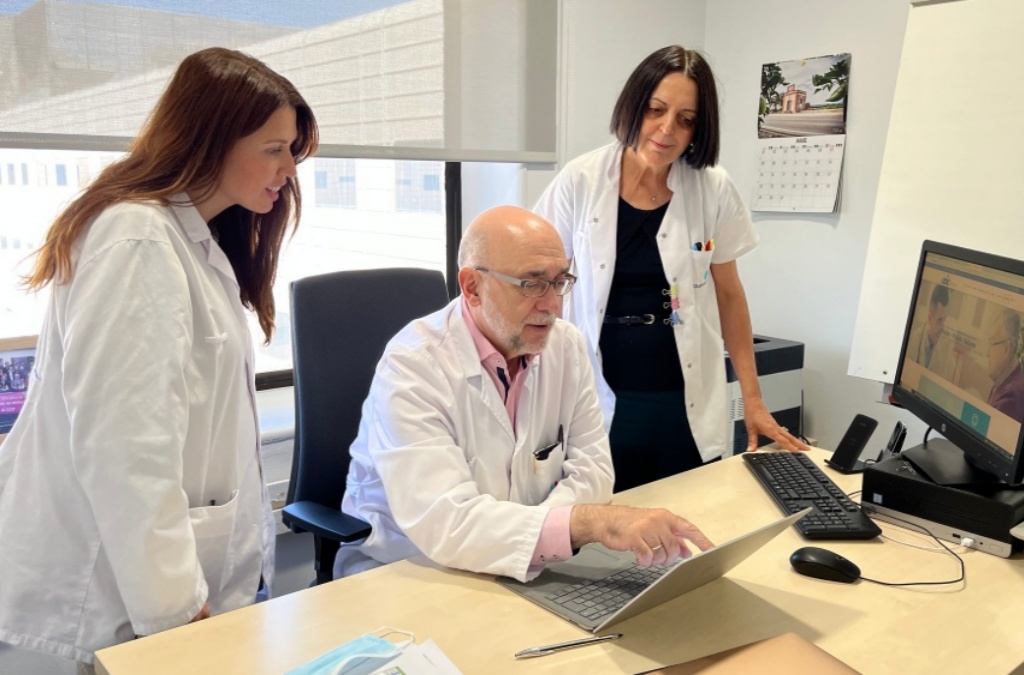
The General University Hospital of Catalonia analyzes in two proteins and in a gum bacterium the origin and cure of Alzheimer’s disease through several studies.
Like every afternoon of that August of Olympic hangover, José took the hat and went for a walk. But at twenty minutes I didn’t know where I was. That day he was lucky, Ramón, the farmer, saw him disoriented and took him to the tractor to accompany him home. José, who did not recognize him, was showing him the way: “You, continue on Gràcia’s walk straight ahead.” And Ramón told him: «What the cows do not see, this is not Barcelona». José’s family still laughs when he remembers the anecdote.
There is no better way than to remember those who are no longer doing it with humor, although living a disease like Alzheimer’s leaves cracks even in hearts forged with steel. It is told by the protagonists of the new ACE Foundation campaign, caregivers, which is presented today on the occasion of World Alzheimer’s Day555.
«At first they were only small forgetfulness, until one day you were unable to return home alone. They said you had Alzheimer’s. Little by little you forgot the recipe of the best cannelloni in history, your daughters, the love of your life and you, says the campaign “Give Memory”, which claims that behind each sick, there are many people who fight against oblivion. Like Dr. Ernest Balaguer, who leads the Clinical Research Unit (UDIC) of the General University Hospital of Catalonia, specialized in the evaluation of biomarkers and early diagnosis of Alzheimer’s and other dementias.
Although progress has been made in early diagnosis and there are targets to shoot at, the cause of the disease is still unknown and there has been little progress in the development of new treatments. For now, available drugs achieve symptomatic improvements in the evolution of the disease, which already affects 40 million people worldwide, 800,000 in Spain. With the life expectancy on the rise, if a treatment is not found, the number affected will grow exponentially in the next few years and could reach 100 million patients in 2050.
New therapeutic hypotheses
The good news and it is better to see the glass half full, is that it is shooting at many targets. On the one hand, thanks to an early diagnosis, “you can apply treatments at earlier stages and get better results” applauds Dr. Balaguer. On the other, “we are working on new therapeutic hypotheses.”
The General University Hospital of Catalonia, the first patient’s recruitment center in several clinical trials in Spain, participates in three types of trials. The first type aims to improve memory loss with neuro modulating drugs (there is a trial with Boehringer in phase II and another with Heptares, in phase I).
The second type could cure the disease if the hypothesis with which it works is positive, inhibit the formation of a protein, amyloid, which could be involved in the development of the disease. Dr. Balaguer’s team has three therapies in this direction. One to inhibit the formation of amyloid (with Lilly and Eisai). Another, with antibodies, that seeks to destroy this protein (with Roche and Eisai). And the third one, which is carried out together with the ACE Foundation, is the AMBAR project of Grifols, which reduces cerebral amyloid and improves cognitive performance, through a procedure called plasmapheresis and plasma albumin exchange and / or inmunoglubins . This therapy has shown positive results in patients with moderate phase disease. It is already in phase III, “with which you want to verify or rule out the hypothesis that this protein develops the disease,” says the research director of the hospital.
A gum bacteria
GAIN is another phase III trial that works on the theory that P. gingivalis bacteria, associated with gum disease, could infect the brain and cause Alzheimer’s. Analyze if the disease can be stopped by reducing the damage that the bacteria may have caused in the brain. There is another trial that triggers another protein, TAU, which alters one of the DNA sequences, causes genomic instability in neurons and, ultimately, their degeneration and death. TAU spreads throughout the brain in an Alzheimer’s patient. The objective of the assay is to block the protein.
99% of cases are sporadic. “The disease appears due to an interaction between a genetic predisposition and environmental factors such as our lifestyle,” says Dr. Juan Fortea, Coordinator of the Behavior and Dementia Study Group of the Spanish Society of Neurology. Healthy habits could prevent 35% of Alzheimer’s cases.
50% of cases can be attributed to 9 modifiable factors: diabetes, hypertension, obesity, smoking, sedentary lifestyle, depression, social isolation and cognitive inactivity.
80% of the mild cases are undiagnosed and also 30-40% of total cases
Published in the REASON.

